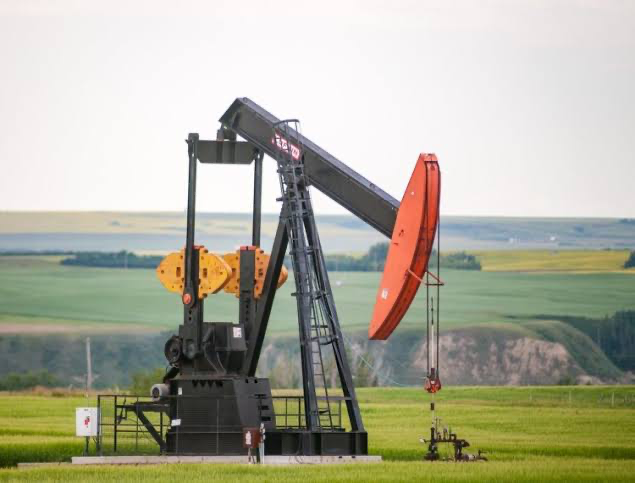KEY POINTS
- Major U.S. oil companies paid $42 billion to foreign governments in 2023.
- Payments to foreign countries significantly exceeded payments made in the U.S.
- New SEC disclosures reveal transparency gaps in global energy payments.
The three largest U.S. oil companies Exxon Mobil, Chevron, and ConocoPhillips revealed in newly mandated filings that they paid over $42 billion to foreign governments in 2023.
This figure is about eight times the amount they paid in the United States, a disclosure prompted by a new Securities and Exchange Commission (SEC) rule designed to increase transparency in the energy industry.
Payments highlight global disparities
The new SEC rule, which requires detailed disclosure of payments made to foreign governments, aims to provide a clearer understanding of the costs associated with oil production overseas compared to the United States.
It was pushed by transparency advocates for over a decade to ensure that taxpayers are aware of how their natural resources are monetized, particularly given the booming oil and gas production from the Permian Basin in Texas and New Mexico.
In 2023, Exxon paid $22.5 billion to foreign governments, with significant payments made to the United Arab Emirates ($7.4 billion), Indonesia ($4.6 billion), and Malaysia ($3.2 billion).
By contrast, Exxon’s payments in the U.S. were only $2.3 billion, including $1.2 billion to the Internal Revenue Service. The Texas-based oil giant defended the disparity, pointing out that U.S. government payments totaled $6.6 billion when accounting for state and local taxes not covered under SEC regulations.
Chevron also reported a stark difference, with $14.6 billion paid to foreign governments compared to just $2 billion in the United States. Most of Chevron’s foreign payments went to Australia, which received $4 billion. The company cited low or no royalty requirements in some U.S. oil fields, such as those in the Permian Basin, as a key factor in these differences. Chevron’s U.S. overhead, they explained, is significantly lower due to favorable land and royalty arrangements.
According to Reuters, ConocoPhillips disclosed that just $1.3 billion of their total $6.5 billion in global payments went to the United States. The company declined to comment on its payment discrepancies.
Push for transparency and accountability
The new disclosure requirements were mandated under Section 1504 of the Dodd-Frank Act, and after a prolonged fight, the SEC adopted the rules in 2020. The regulation comes amidst rising demands for environmental, social, and governance (ESG) transparency, particularly from investors keen on understanding how energy companies interact with foreign and domestic governments.
Michelle Harrison, deputy general counsel for EarthRights International, expressed frustration over the disparities. “The truth is, here in the U.S., we get one of the worst deals for the extraction of our natural resources,” she said, suggesting that the large payments to foreign governments highlight a lack of fair compensation for U.S. taxpayers.
Despite this, Chevron stated they are committed to transparency and accountability and will continue working with relevant agencies to improve communication between governments and the oil industry.
The report has raised concerns about whether the U.S. is adequately benefiting from its vast natural resources. With the United States being the world’s largest oil and gas producer, the disparities between domestic and international payments have drawn attention to the financial arrangements in energy production and their impact on shareholders and taxpayers.



